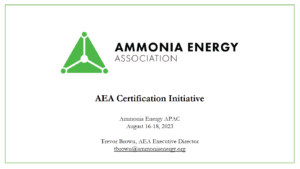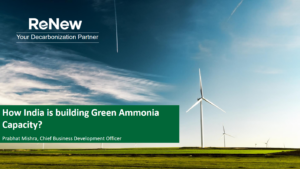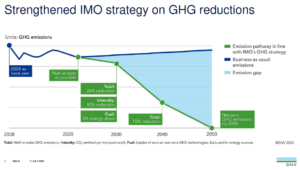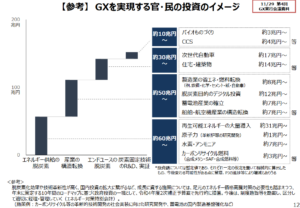Policy
Development of Clean Fuel Ammonia Value Chain
Ammonia and the Netherlands
The IMO charts a course to net-zero
The IMO member states have agreed to a new roadmap for the decarbonisation of the global shipping sector, including emissions reduction targets to be met in 2030 and 2040. It was also established that a well-to-wake approach will be the basis for the lifecycle analysis of maritime fuels going forward, with the uptake of near or zero-carbon alternative technologies & fuels to account for 5 - 10% of the global shipping sector by 2030.
Ammonia fuel could begin powering Australia - Asia green maritime corridor from 2028
Ammonia-powered vessels could be deployed on the iron ore trade routes between West Australia and East Asia from 2028, a new consortium study suggests. More than 20 vessels could be deployed on these routes by 2030, and over 360 by 2050. While ammonia fuel supply from Australia is unlikely to be a concern, validating the safety case for ammonia fuel, policy support to close the cost gap & industry-wide collaboration must all be established in time for deployment.
GX bonds: new Japanese green subsidy program unveiled
Key elements of Japan’s Green Transformation (GX) push have been unveiled, including policy support for the implementation of ammonia energy solutions, and a $1 trillion total public-private investment package. A subsidy scheme to address the price difference between hydrogen, ammonia and fossil fuels is included, with a nominal price tag of $36 billion, running into the 2030s.
The state-of-play for decarbonising ammonia in Australia: new government report
While the opportunity for Australia to become a world-leading exporter of green molecules is well-established, State of Hydrogen 2022 suggests the best progress to date has been made on a domestic opportunity: decarbonisation of existing ammonia production within Australia. Government support for emerging hydrogen hubs, workforce training and regulatory updates are highlighted as key next steps.
Scrap “green” and “blue” hydrogen, use emissions intensity instead: new IEA report
The International Energy Agency has proposed a new taxonomy for hydrogen definitions based on emissions intensity, moving away from color labels. In Towards hydrogen definitions based on their emissions intensity, the IEA proposes a set of nine distinct, technology-neutral emissions intensity bands. The report also advocates for an international approach to ensure interoperability between certification schemes, and suggests that a mutual recognition approach based on the IPHE’s emissions methodology is the best way forward.
UK government releases plans for low-carbon hydrogen certification scheme
The UK government has released a consultation paper outlining its current position on several certification dilemmas, as it works towards launching a fully functioning low-carbon hydrogen certification scheme before 2025. The paper grapples with challenging design choices including chain of custody and scheme participation while emphasising the importance of international collaboration and interoperability.









